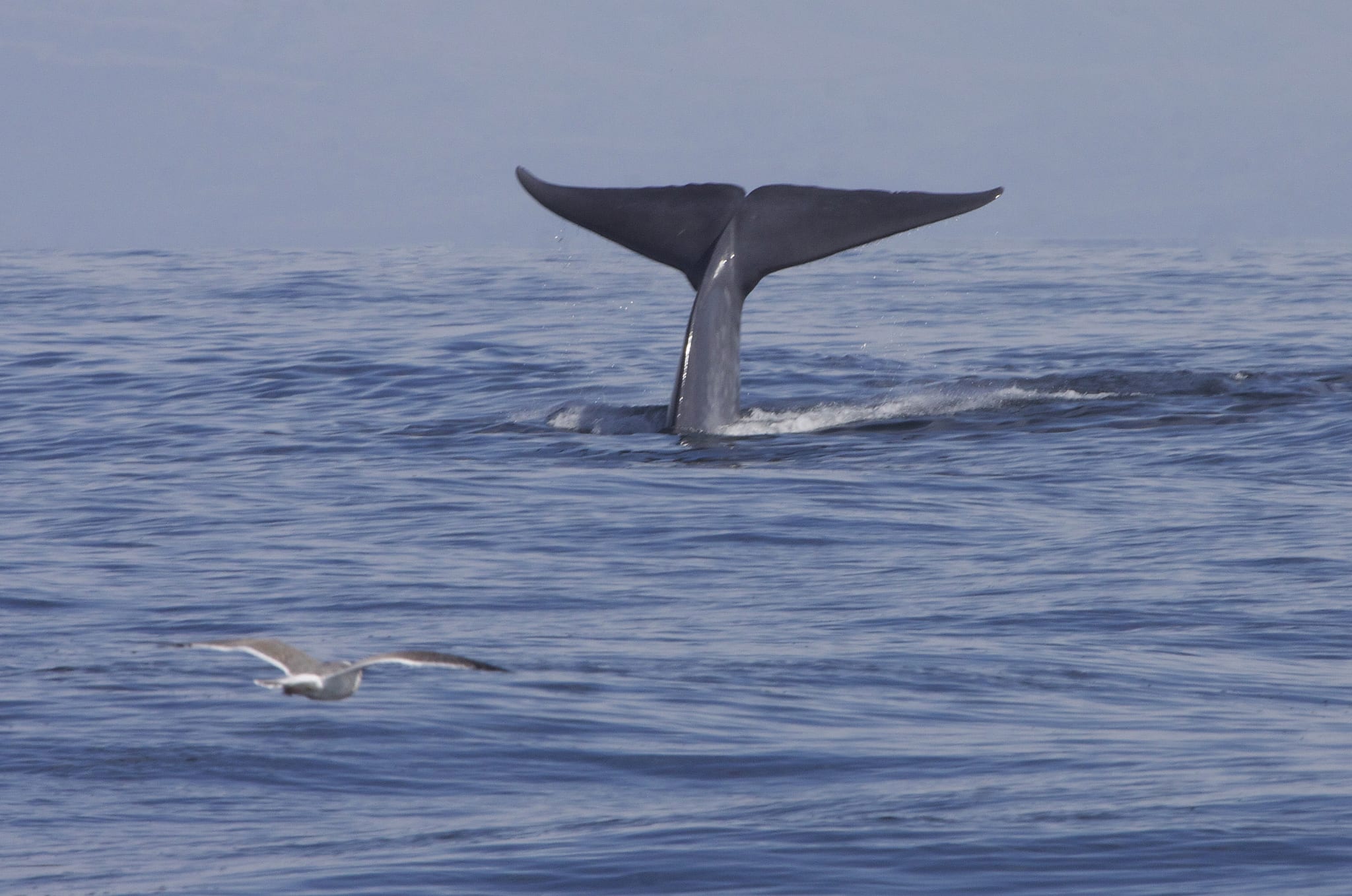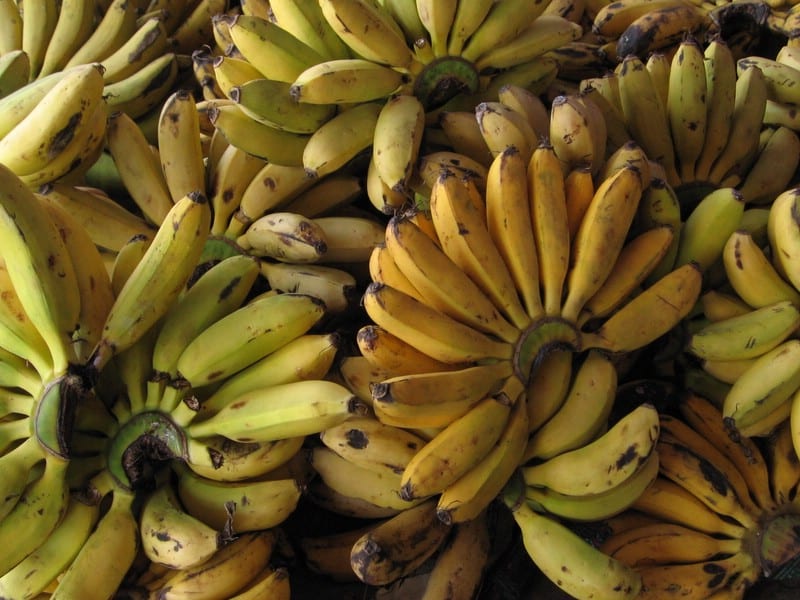
Texan Panthers to the (Genetic) Rescue
Once upon a time, thousands of panthers roamed throughout the North American continent. Puma concolor are a highly adaptive species that inhabited a variety of habitat types. However, within 200 years after European colonization, they were eliminated from the entire eastern half of North America due to hunting and habitat loss. All that remained was








